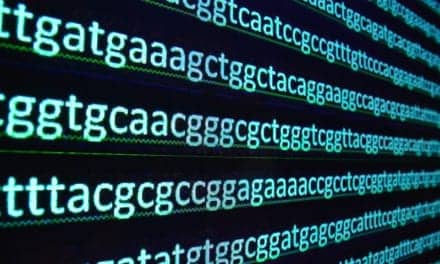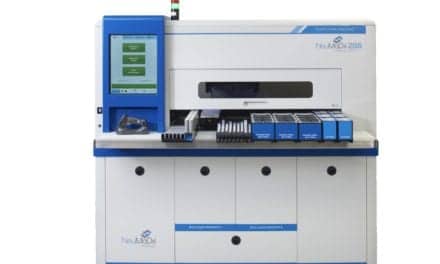Transplant Genomics Inc (TGI), Mansfield, Mass, has announced that the molecular diagnostics services program (MolDx) of Medicare administrative contractor Palmetto GBA has issued a draft local coverage determination for TruGraf, a noninvasive test validated to rule out subclinical, ‘silent’ rejection in kidney transplant patients with stable renal function, offering an alternative to surveillance biopsies.
“This marks an important milestone in making TruGraf available to kidney transplant patients,” says Stan Rose, PhD, CEO of TGI. “We conducted a very successful early access program involving seven highly respected US transplant centers, and we are targeting a broad commercial launch of TruGraf later in 2019, following the completion of reimbursement discussions.1 The draft local coverage determination release is particularly gratifying given all the hard work that has gone into developing TruGraf, and the promise this test holds for improving management of stable kidney transplant recipients, reducing the use of indiscriminate invasive procedures, and potentially improving long-term outcomes.”
The draft local coverage decision was issued following completion of the technical assessment process by the MolDx team. During the technical assessment process, subject matter experts and the MolDx team determine whether an assay demonstrates clinical utility and fulfills Medicare’s ‘reasonable and necessary’ criteria.
In 2018, more than 20,000 kidney transplants were performed in the United States. “Our ability to personalize management of kidney transplant recipients has been limited by a lack of noninvasive and specific tools to assess for true stability of the transplant,” says John Friedewald, MD, medical director for kidney and pancreas transplantation at Northwestern University’s comprehensive transplant center. “TruGraf provides clinicians with a noninvasive test that can confirm when things are going right, sparing up to 75% of their patients the need for an invasive protocol biopsy.”
Last year, TGI’s founding scientists published the results of an NIH-sponsored trial involving serial testing of more than 300 patients over 2 years.2 During the course of the study, 25% of patients with stable renal function, who otherwise appeared perfectly fine, had at least one episode of biopsy-confirmed subclinical, silent rejection.
Previously, the only way to detect silent rejection was through the use of surveillance biopsies, which are logistically challenging, costly, painful, and carry the risk of complications for patients.
TruGraf is a noninvasive test validated as an alternative to surveillance biopsies among kidney transplant recipients more than 90 days after transplantation, in conjunction with standard clinical assessment. Other tests have recently been approved for use in patients already suspected of severe ‘active’ rejection, but only TruGraf has been recommended for use in regular serial testing of patients with stable renal function, enabling early intervention before evidence of damage to the transplanted kidney.
For further information, visit Transplant Genomics Inc.
References
- Marsh CL, Kurlan SM, Rice JC, et al. Application of TruGraf v1: a novel molecular biomarker for managing kidney transplant recipients with stable renal function. Transplant Proc. 2019;51(3):722–728; doi: 10.1016/j.transproceed.2019.01.054.
- Friedewald JJ, Kurlan SM, Heilman RL, et al. Development and clinical validity of a novel blood-based molecular biomarker for subclinical acute rejection following kidney transplant. Am J Transplant. 2019;19(1):98–109; doi: 10.1111/ajt.15011.
Featured image: Photo © Stockbakery courtesy Dreamstime (ID 99461427).




